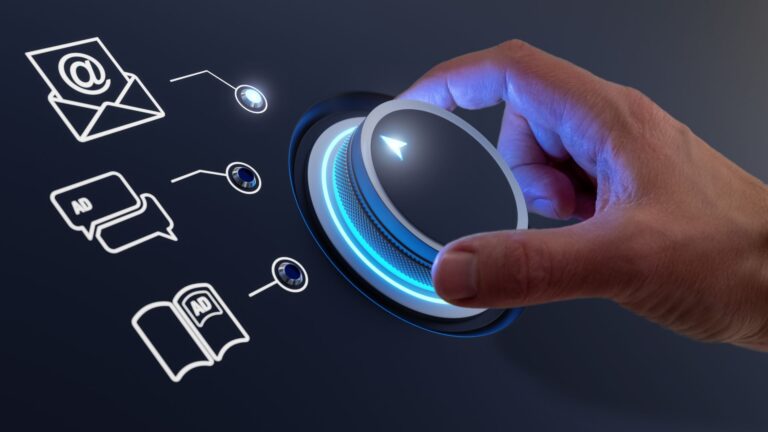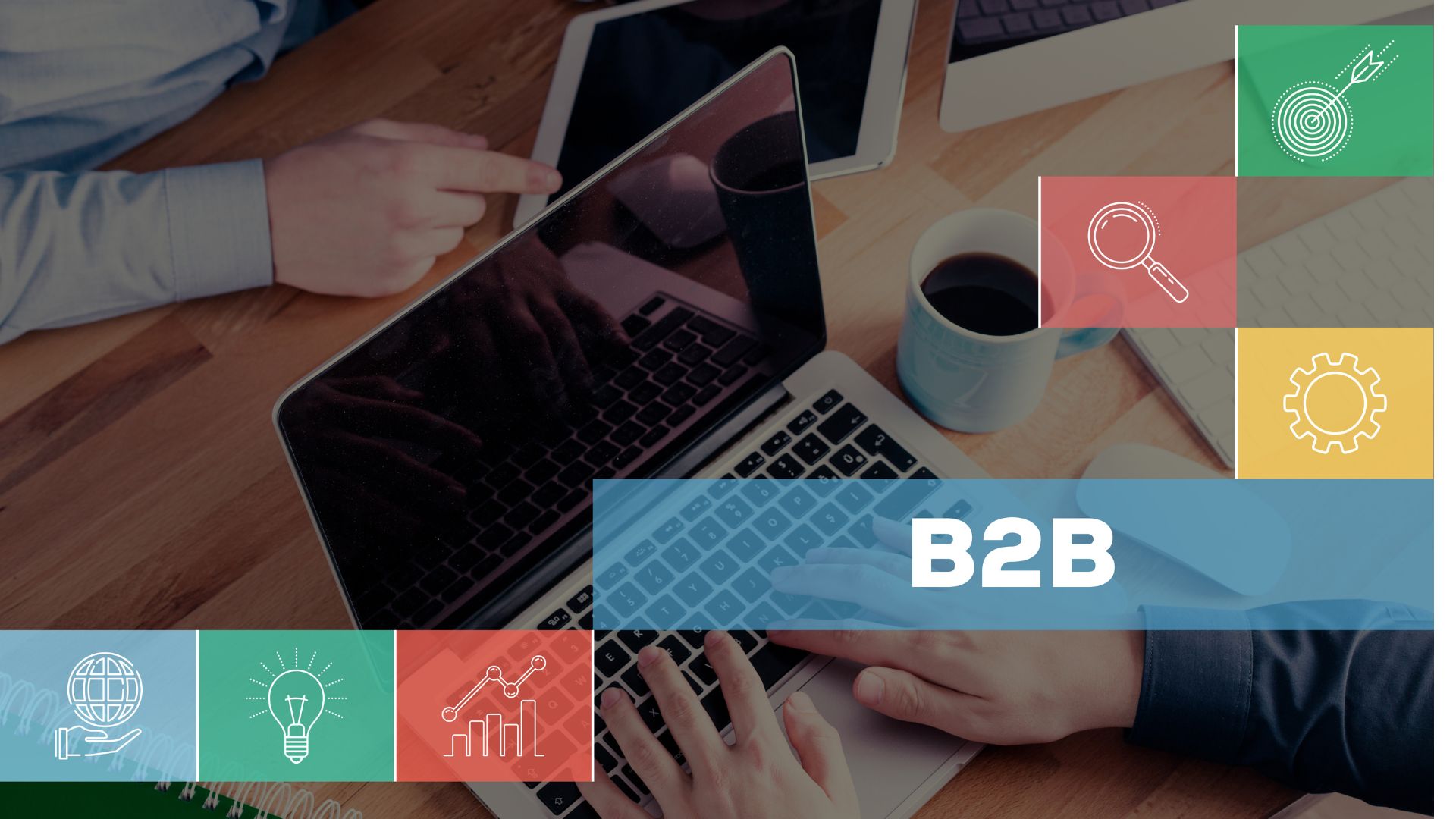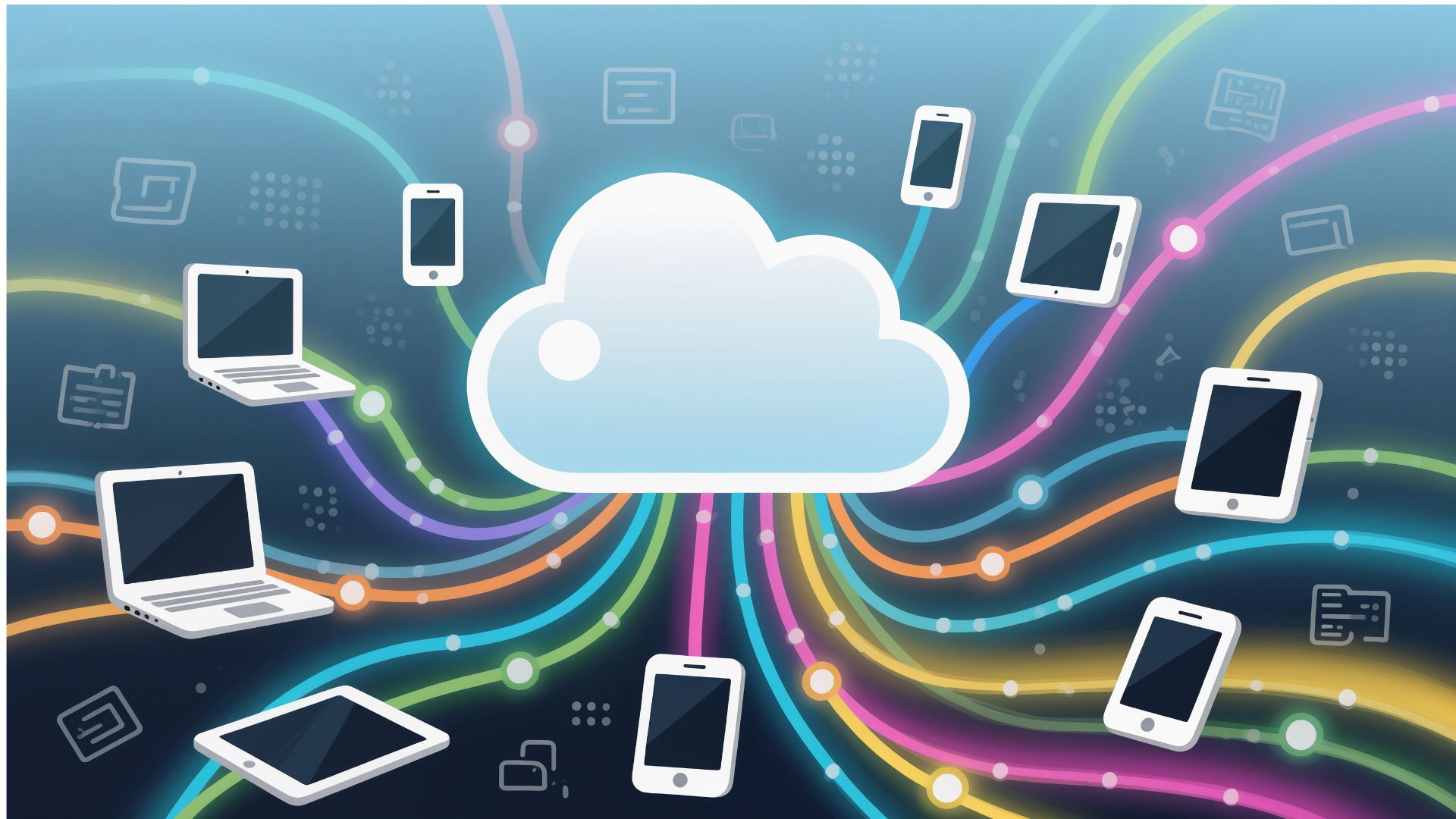Omnichannel: more than being on many channels
Today it is not enough to send emails, have active networks or attend by WhatsApp. Omnichannel isn’t just about being in many places. It’s about delivering a continuous and consistent experience no matter where your customer interacts. The key is to connect all channels with logic, with processes, with automation.
Your customers don’t think about channels. They think of quick fixes and getting clear answers. If they start an email conversation and continue it via chat, they expect you to connect the dots as well. This is where omnichannel workflows become essential.
What are automated omnichannel workflows?
An automated omnichannel workflow is a sequence of connected actions that manage interactions with your customers across channels, in a coordinated way. With them, you can define responses, follow-ups, and decisions based on how each user is acting, without having to intervene at every step.
For example, if someone downloads a document on your website, they may receive an email, followed by a reminder on WhatsApp three days later if they don’t interact, and then a personalized invitation on LinkedIn. All without manual intervention. But with a defined logic.
These automations save time, reduce errors, improve the user experience, and allow you to scale care or communication without losing personalization.
Multichannel vs. Omnichannel: A Strategic Difference
The multichannel approach allows you to use multiple channels to communicate with your customers, but they are not necessarily connected to each other. Each channel acts as a separate unit. Instead, the omnichannel approach integrates all touchpoints to deliver a seamless experience.
Imagine that a user sees your product on Instagram, enters your website and then asks for WhatsApp. In a multichannel model, you’d have to re-explain your need each time. In an omnichannel model, the system already knows who you are, what you saw, and can pick up the conversation from where you left off.
This makes omnichannel workflows especially valuable. They avoid duplication, save time, and show a professional, coordinated image.
Real cases of European companies
Iberia has implemented omnichannel strategies to improve the customer experience. If you book a flight, you can receive email confirmations, app notifications, real-time SMS alerts, and WhatsApp support. Everything is connected. If you change channels, you don’t have to start from scratch. Its system recognizes your history and continues the care.
Decathlon Spain has also taken important steps. Its integration between online store, mobile app, mail and in-store service allows customers to consult their purchase or return history regardless of where they made the purchase. Flows are designed to give continuity to the experience, even when the channel changes.
Zara, part of the Inditex group, applies omnichannel logic in logistics and customer service. You can buy online, return in store, receive notifications through different channels according to your preferences and maintain full traceability from your user profile.
These examples show that omnichannel isn’t just for big B2C brands. In the B2B environment, you can replicate the same logic for relationships with suppliers, distributors, or key accounts.
Best practices for designing omnichannel workflows
- Map the customer journey: Don’t start with technology. Start by understanding how your customers interact with you. Draw touchpoints and key decisions.
- Integrate your tools: Make sure your CRM, messaging platforms, networks, and emails are connected. Without integration, there is no omnichannel possible.
- Define clear triggers: What action initiates the flow? A click on an email? A download? Define each entry specifically.
- Personalize content by channel: Don’t use the same message for all media. Adapt the tone, format, and length according to the channel: short for WhatsApp, more argumentative for email.
- Set times and conditions: Automate reminders, waits, and branching based on response or inactivity. Example: If they don’t respond within 2 days, send a new message through another channel.
- Review and adjust: Workflows should be reviewed every month or quarter. Change conditions, improve messages and eliminate steps that do not contribute.
- Always allow outbound: Give the customer the option to opt out of flow at any time. This improves perception and prevents saturation.
AI and automation: allies to scale without losing control
When you combine automation with artificial intelligence, the potential is expanded. AI can help you detect patterns of behavior, predict the best channel to contact, or even personalize messages according to the customer’s profile.
By automating repetitive tasks, you free up time to focus on higher-value conversations. And by using real-time data, you can make faster, more effective decisions at exactly the right time.
This is key in B2B, where timing and relevance make the difference between closing or missing an opportunity.
Common challenges when implementing omnichannel flows
None of this is magical. It requires time, order and clarity. One of the most common challenges is data fragmentation. If your systems aren’t connected, it’s going to be difficult to build coherent flows.
You also have to be careful about excessive automation. If everything is robotic, the customer notices it. The ideal is to maintain a balance between efficiency and proximity.
Another major challenge is internal resistance. Some teams prefer to continue working with traditional methods. Training, demonstrating results, and starting with pilots can help overcome that barrier. It is important that all team members understand that this is complementary work, no one replaces anyone.
Finally, make sure to measure what you implement. A workflow must be alive. It requires review, adjustment, and continuous improvement.
Getting started
If you’re just starting out, start with something simple. A single flow between two channels. Then, add logic based on the answers. Evaluate which channels have the most impact and adjust your strategy based on data.
You don’t need to have everything figured out to get started. But you do need clarity about what you want to achieve. Automating without a goal only generates noise. Automating with purpose builds relationships.
Start with tools that easily integrate with what you already use. Evaluate real cases, do A/B testing, and don’t be afraid to eliminate steps that don’t work.
Omnichannel is not a goal in itself. It is a tool. And with automated workflows, you can use it to your advantage.




